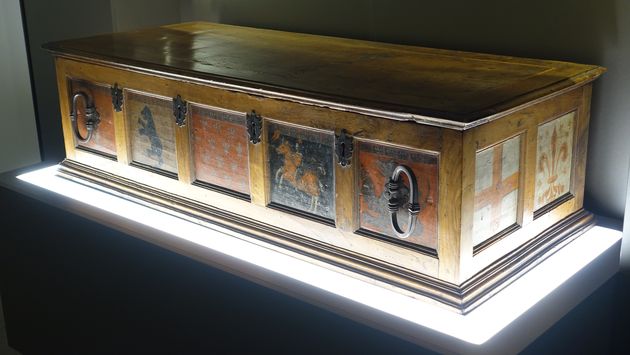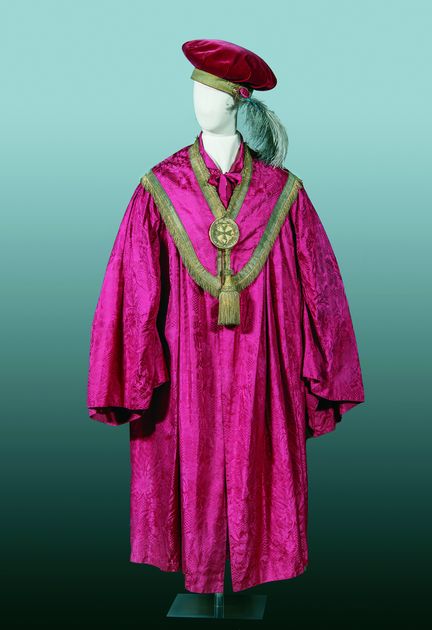Pharmacy furniture with group of ceramics Tuscan Manufacturing
Manifattura Toscana XVIII-XIX sec. d.C.Audio description of the artwork
The large wooden cupboards with doors containing the beautiful vases of the ancient Pharmacy of the Hospital of Mercy and Dolce of Prato (Spedale della Misericordia e Dolce) restore the charm and atmosphere of an 18th-century apothecary. Conserved since the end of the 19th century in the municipal collections, the ceramic collection consists of around ninety majolica vases of different shapes, decorated in light blue and turquoise, made between 1760 and 1810 by the Manifattura Ginori of Doccia in Sesto Fiorentino.










